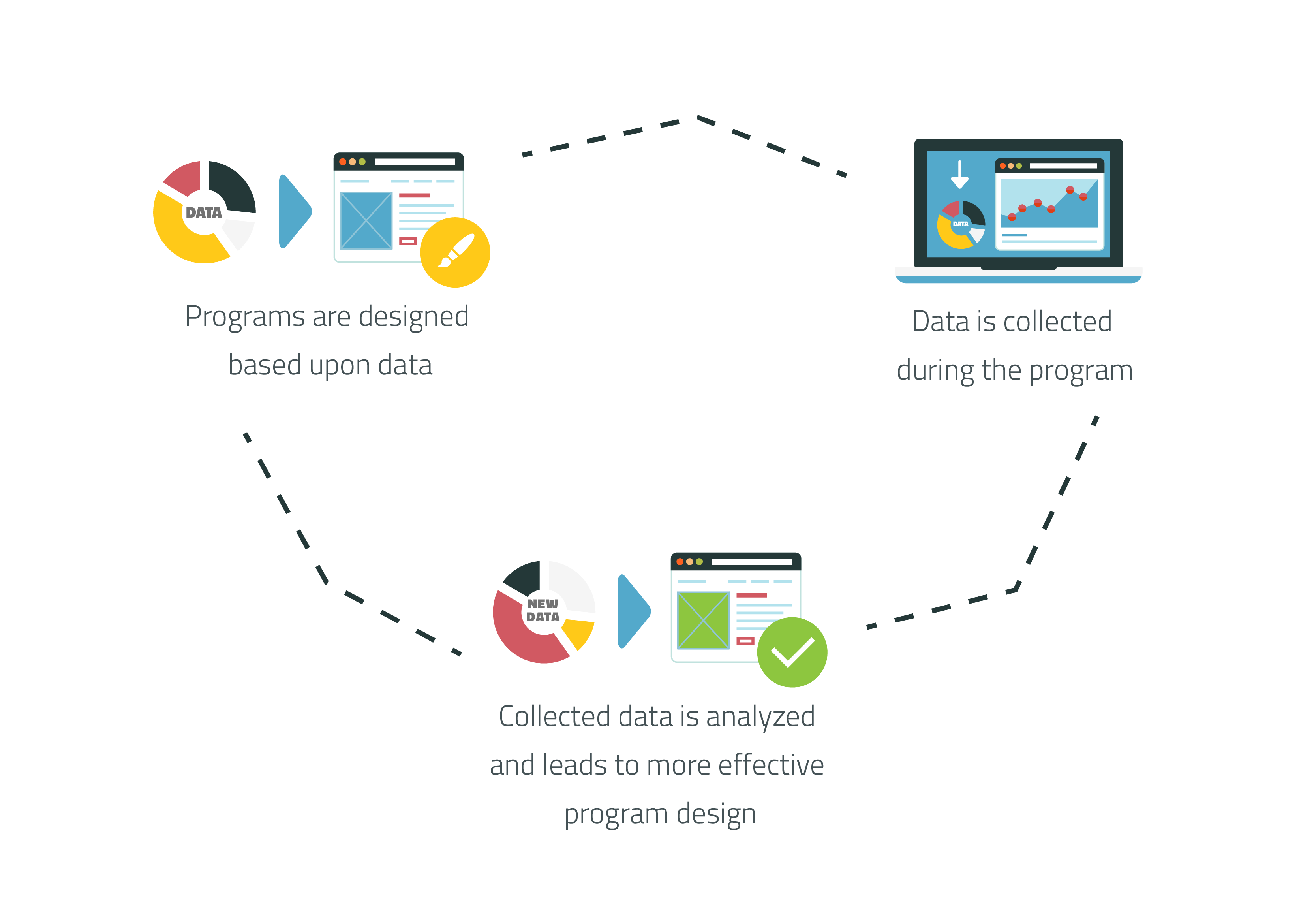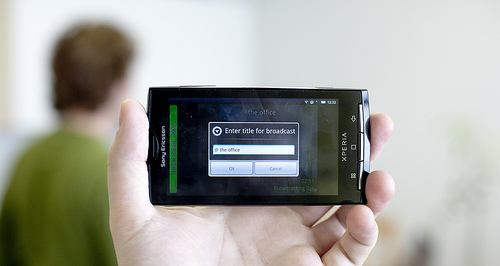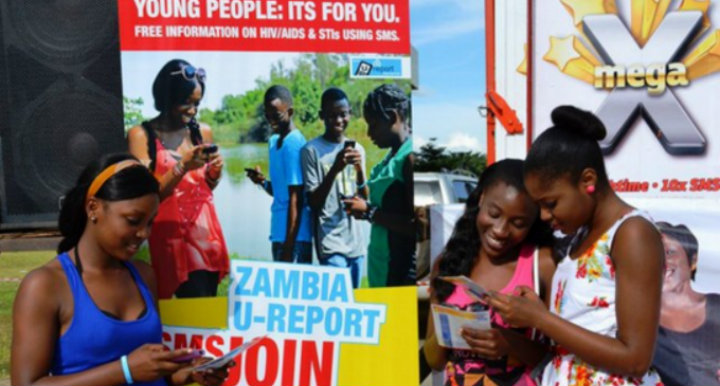By Norman Shamas and Samita Thapa
In a previous post, we wrote about why global development practitioners need to be data skeptics. One of the many reasons that we need to be skeptical about the data we are collecting is the biases that are incorporated in the data. The data bias is especially significant when it comes to gender data. Women and groups that don’t identify with binary genders are largely missing or misrepresented in global development data.
Data is a crucial component of any program or intervention. It justifies the need for a specific program, show its effectiveness, and allows us to improve it through evaluation. But this important information tells us little if more than half of the population is missing or misrepresented, so we need to start looking at data with a gender lens.

Data on women raises awareness of women related issues
With 62 million girls not attending school worldwide, the U.S. government was able to justify their “Let Girls Learn” initiative. This initiative was announced in February and is aimed at making education a reality for girls around the world. USAID is one of the agencies involved in the government-wide initiative and have presented their approach with data to support it.
But there is still a problem getting good data on women. GSMA’s 2015 Bridging the Gender Gap Report highlights two systemic barriers to mobile ownership and usage for women:
- lack of disaggregated data and
- lack of focus on women as a market.
However, we need better gender data for more than just the economy. Oxfam conducted a household survey on the gendered effects of the December 26, 2004 tsunami that hit several Asian countries. Women were found to be more severely affected than men. Despite the need for better gender data in the field, it is not always happening. Lack of data on women leads to lack of awareness of issues related to women and consequently, lack of programs designed to tackle those issues.
Survey design can promote non-binary gender inclusion
The problem of gender and data bias gets even more complex when we talk about non-binary genders. Twitter, for example, determines its users’ gender based on data it analyzes from tweets. There are only two gender options: male and female, and users cannot choose to opt out from automatic gender assignment or manually choose their gender. By the simple fact that Twitter is using a gender binary of male/female, individuals who do not identify with a binary (e.g., transgender individuals) or have anatomically mixed sexual characteristics (i.e., intersex individuals) are ignored in the data.
It is important to ask questions about gender on a survey to improve interventions. Instead of restricting gender to a binary, a third option to opt-out or define oneself as ‘other’ can be instituted. When appropriate, additional questions can be used to determine whether practice and self-identification fit into pre-defined categories.
Data must represent local gender categories
It is also important to localize the survey where gender categories and practices may vary. India acts as a good case study for the difficulties in language for demographic purposes. India initially provided three gender options: male, female, and eunuch on its passport forms. However, these three categories marginalized other transgender populations, so in 2014 Indian courts changed the category of ‘eunuch’ to ‘other’ on the election ballots. This simple change in language not only promotes the human rights of India’s non-binary gender individuals, but also provides better data on its non-binary gender communities.
The hijra are a transgender community that has existed in South Asia for over 4,000 years. Along with a few ‘Western’ countries, at least four South Asian countries — Nepal, India, Pakistan, and Bangladesh — recognize a third gender in some legal capacity.
Global development is moving forward with programming for non-binary gender communities. The Swedish International Development Cooperation Agency put out an action plan for working with lesbian, gay, bisexual and transgender (LGBT) issues from 2007-2009. Last year USAID announced its LGBT Vision for Action, a general roadmap of how the donor would support non-binary gender communities. As programming for non-binary gender communities continues and increases, we need to think closely about the language we use and how we collect data on gender to create effective, data-driven interventions.
With development becoming more data driven, the data we collect and the biases we include in the data are having a larger impact. Technology can make these biases more entrenched through features like data validation. Even though data validation is important for survey collection–it limits responses to particular choices or data types (e.g., phone numbers)–it also restricts options based on the choices of the survey creator and can marginalize groups whose identities are not included or allowed as a valid option. Going forward, we need to be careful we are not unintentionally marginalizing other groups or genders with the data we collect.
Interested in engaging in similar conversations around data and tech in M&E? Join us and more than 90 other international development practitioners in our upcoming course on Technology for Monitoring and Evaluation.




